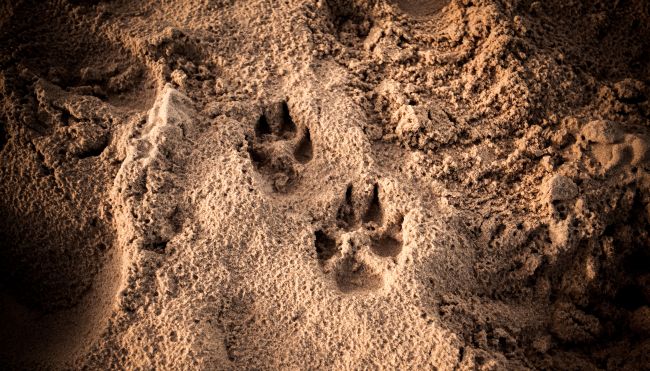
Terms like “microchip” have a tendency to scare people off, as they sound invasive and intrusively reminiscent of George Orwell’s famous novel 1984. However negative the word’s connotations might be, the use of implanting microchips in pets, has actually revolutionized the way that people are able to track missing animals or to identify outplaced pets in shelters and rescue homes. One of the benefits of modern-day technology is the advancement of safety measures which bring security and comfort to many pet owners.
What are Microchips?
Microchips are identifying implantation devices that are secured under an animal’s skin. Using radio frequency identification technologies, the small chip (about the size of kernel of white rice) can both identify and monitor an animal’s location. The information and technologies vary from country to country, and can hold information detailing the animal’s identity as well as any relevant vaccinations and medical history, etc.
How Do They Work?
Microchips are implanted in an animal through a syringe under the skin. Most dogs and cats have them embedded at the back of the neck between the shoulder blades, while horses are implanted by the neck, and birds near the breast muscle.
The ID of the microchip is then recorded and affiliated with the specific animal. The owner then provides medical details, their personal contact information, along with the pet’s name and description. This information once collated is sent to an official registry, and the owner will receive a registration certificate, with the chip ID and contact information for service providers, should the animal ever get lost. Pet owners can use the microchip as a database of records, listing every visit to the vet, prescription and test results and vaccinations, etc. That way, when the recovered animal is scanned for a microchip all of the pet’s information may be accessed. The animal’s owner information can be found on the database, and the lost pet can be reunited with his family.
Who Uses Microchips?
Most animals can be microchipped for identification and tracking purposes including:
- Dogs
- Cats
- Rabbits
- Rodents (Mice, rats, gerbils, praise dogs, etc.)
- Parrots
- Horses
- Cows
- Pigs
- Deer
- Llamas
- Goats/Sheep
- Penguins
- Reptiles (snakes, lizards, frogs, turtles, etc.)
NOTE: Even wild animals such as whales, elephants, grizzly bears, elk, and armadillos have been microchipped for observation & protection.
Though microchips are most often applied by livestock owners or individual domestic pet owners, microchips can be used by other animal handlers such as:
- Kennel owners
- Breeders
- Pet Trainers
- Rescue & Shelter groups
- Veterinary health clinics
- Farms/Stable owners
Taking ID chips to the next level…
Microchipping has proven to be a successful way to track and identify lost animals. The natural next step in technological advances would be to develop something similar for humans to use. While many people appreciate the opportunity of tracking lost children, disoriented patients with Alzheimer’s, or escaped felons, there are those resistant to having all their information accessible in one small chip under their skin. Do the safety measures and increased security of embedding ID microchips in humans outweigh the potential hazards and invasion of privacy? That is for the individual to decide; we are just happy the option is available to our beloved dogs and cats!

